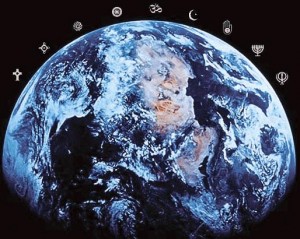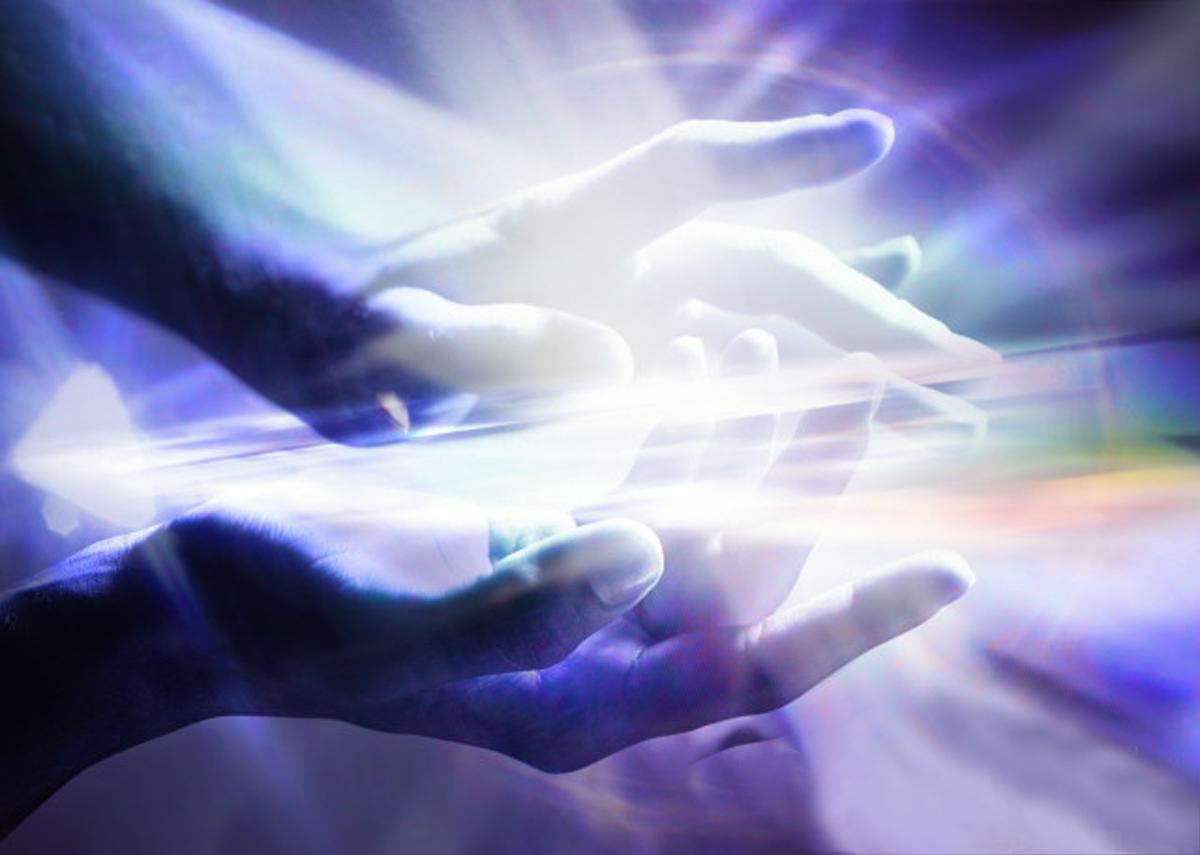It’s a hot Sunday morning. After a fine walk along the paths in the park, and a pleasant talk with two women on horseback, I stop to take a sitting at a picnic site. My questions about religions and religiosity are about to come to a head.
 As I’m enjoying the water, greenery, and shade, as well as the sight of people going by under various forms of self-locomotion on the pedestrian park road across the creek, a middle-aged man walks into the site with his dog. He says nothing as he unleashes the big canine, and starts throwing sticks for the animal to chase in the water. One expects some noise and intrusion taking sittings in a public place, but this is too much.
As I’m enjoying the water, greenery, and shade, as well as the sight of people going by under various forms of self-locomotion on the pedestrian park road across the creek, a middle-aged man walks into the site with his dog. He says nothing as he unleashes the big canine, and starts throwing sticks for the animal to chase in the water. One expects some noise and intrusion taking sittings in a public place, but this is too much.
I politely tell him that I am taking a meditation, and ask if he wouldn’t mind finding another place to play with his dog. I hope that the simple request will suffice, but of course the very inconsiderateness that caused him to ignore a man sitting there silently also compels him to reject the appeal.
Like so many Americans these days, his doggish desires are all that matter, and he arrogantly informs me that there is plenty of room here, and his dog wants to swim. He adds the snide comment, “if you want to meditate, go to church.” At that point I reply, rather irritably I must admit, “Churches my ass, leave.”
An individual’s relationship with nature is the cornerstone of their relationship with people and the world, and I daresay, God. Indeed, a great cathedral evokes the same feeling, imitatively and intentionally, that a mountaintop or a magnificent vista induces.
That raises the questions: Does the problem with religions begin with putting the symbol before the actuality? Or are religions inherently false constructions of that which cannot be formulated?
There is an old joke about a man who searches for the truth for thirty years. He finally finds it, and is very happy. Walking through a wood, the devil comes along and says, “Here, let me help you organize it.”
The religious symbol is an internal construct before it is an external building and ritual. The word ‘God’ is not God; the word ‘Allah’ is not Allah. But for most believers, the word is the thing. From this confusion it’s a short step to believing the Bible or the Koran are “the word of God.”
The paradox is that inspiring religious works are often written by exceptional people who have direct experience of the sacred, with the intent to convey insights and actualities beyond words. The tragedy is that the actualities that true religious teachers point to become symbols and words that divide people, and lead to war.
The idea that God can be captured in a word or a book is the true blasphemy, and from that illusion grow encrusted traditions for which people kill and die.
The enthrallment of millions with the symbols of religion produces a counter-reaction in many people who deny the existence of anything beyond the symbol, the material, and the random. That’s the ultimate case of throwing the baby  out with the bathwater. Truly, belief is one side of the coin, and atheism is the other.
out with the bathwater. Truly, belief is one side of the coin, and atheism is the other.
Is there truly sacredness beyond thought? Obviously that question cannot be answered with either a definite yes or no, or else one’s enquiry is finished. During meditative states, one feels there is sacredness beyond thought–an all-pervasive awareness that is both enfolded within the universe, and, like the ground of death, inseparatively beyond it.
That means what we call God is present only when we are fully in the present, when thought is deeply quiet and the mind/brain is profoundly, silently aware. Each contact with the actuality of wholeness (which has the same basic meaning and root as the word holiness, by the way) is new and completely distinct from prior experiences. Indeed, the remembrance of past experiences prevents awareness of the infinite in the present.
In short, it’s easy to say what God is not (a deity or ‘Supreme Being,’ a spirit or a ‘Creator’); but it’s impossible to say what That is.
Even so, is it possible for mystics to fruitfully dialogue with churchgoers, and for churchgoers to productively dialogue with mystics? Or is the gulf between being genuinely religious and belonging to a religion just too wide?
I’ve never understood how people can believe that God can be found in a building or a book. It’s hard enough to observe the mind into stillness in the mirror of nature, and hear the Nameless in the whisper of the wind through the leaves.
Being social animals, perhaps the temptation to belong to a ‘community of believers’ overwhelms the religious impulse in the individual standing alone.
But there must be a way of resolving this conundrum, without dismissing the traditionally devout as imprisoned by self-invented and self-projected visions and versions of God; or dismissing mystics as incomprehensible solitaries with nothing to convey to ordinary people.
Martin LeFevre

